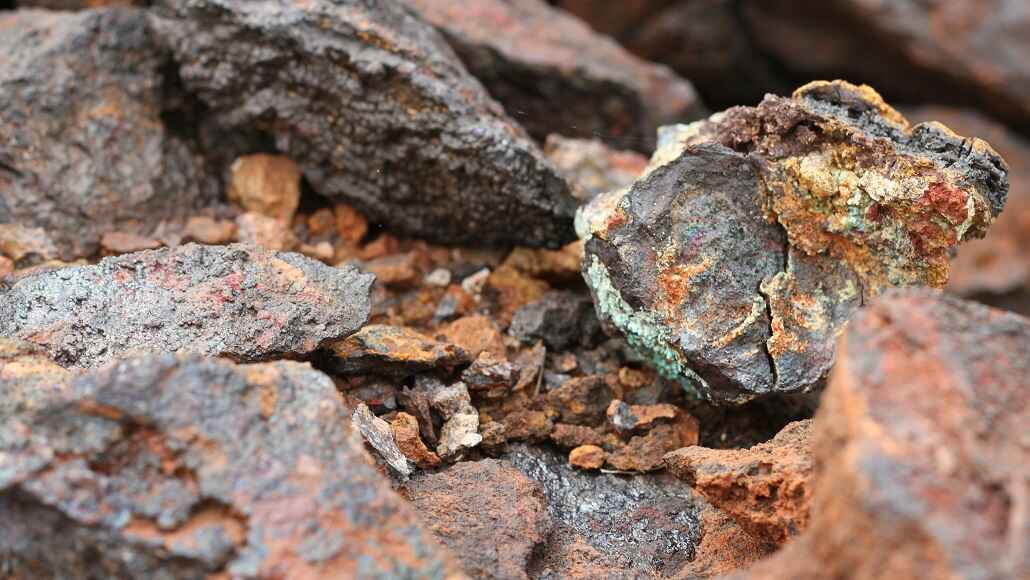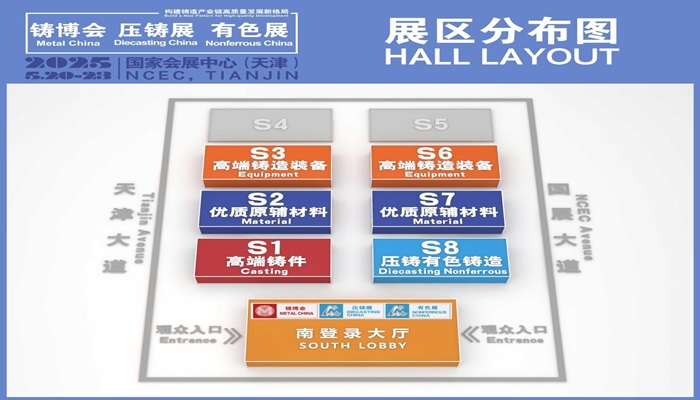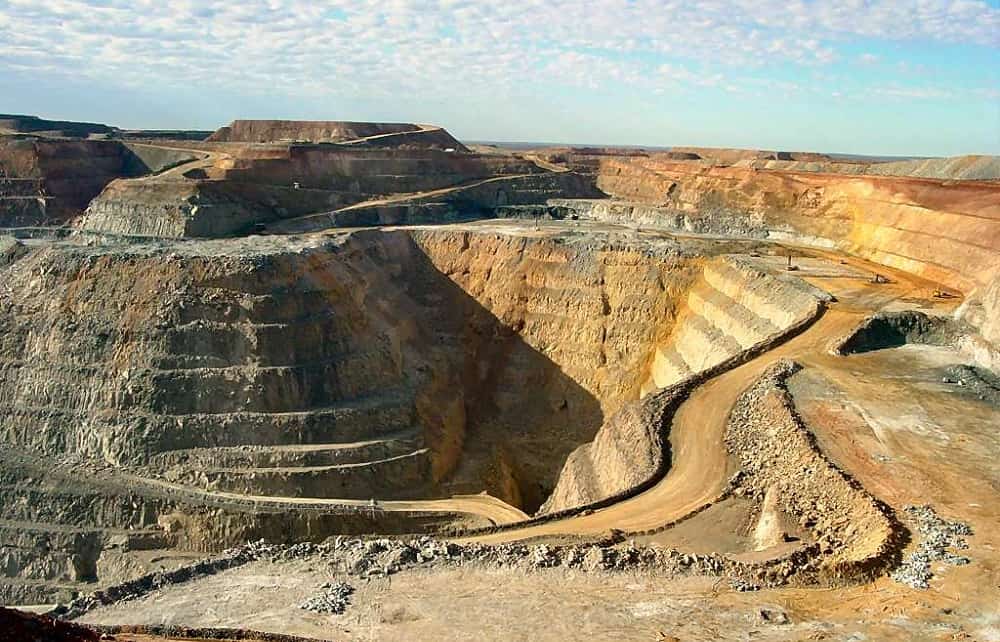Osino Resources Corp, Canadian gold exploration company, has completed the induced polarisation (IP) survey over the Twin Hills Gold Project in Namibia covering a total of 16 sq km
The survey has outlined new drill targets below the calcrete cover and extended and amplified the scale of known targets previously indicated by gold-in-calcrete and magnetic anomalies. The gradient array IP survey was completed over two months by contractors Greg Symons Geophysics (GSG) Namibia.
Dave Underwood, Osino’s vice-president exploration, commented, “The entire Twin Hills area is covered by calcrete and windblown sand, and it is thus imperative to use geophysical techniques as we initially did with the ground magnetic survey. IP is an additional such tool which has enabled us to gather another layer of data on the subsurface geology and mineralisation before embarking on this follow-on drill programme to test these areas. The IP survey started with orientation work over known mineralisation at Twin Hills Central, which confirmed that the IP was identifying sulphide mineralisation associated with gold below thick calcrete cover, and this gave us the confidence to survey the entire Twin Hills area.”
After completing a large-scale regional geochemical sampling programme during 2017 and 2018, Osino utilised the government magnetic data to identify and outline the large, regional-scale Karibib Fault structure, and then completed a detailed ground magnetic survey which detected coincident magnetic sulphide mineralisation.
However, non-magnetic sulphide arsenopyrite, which is strongly associated with known gold, is not detectable with magnetic surveying. The addition of the IP data allows the detection of such non-magnetic disseminated sulphide mineralisation.






















